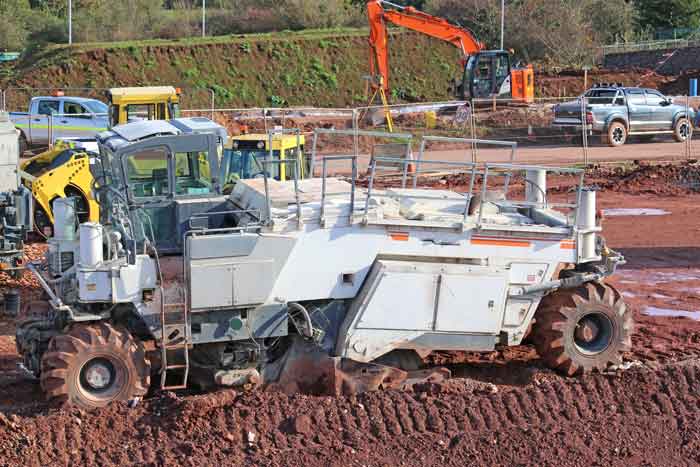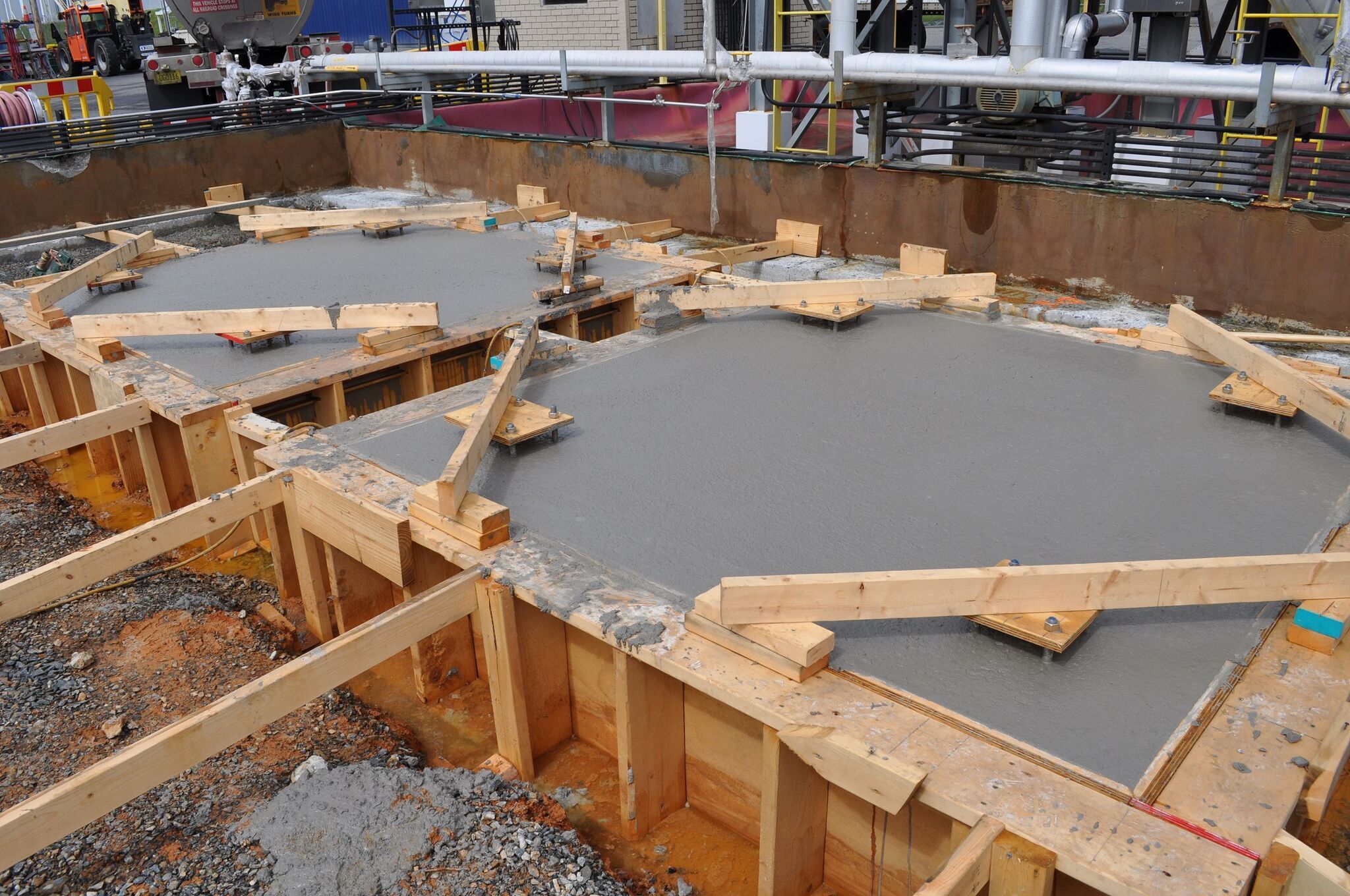Soil Stabilization—A Comprehensive Guide
This guide examines various soil and ground stabilization methods and materials, their uses, and important factors. These methods are essential for enhancing the strength and stability of building foundations.
Table of Contents

What Is Soil Stabilization?
Soil stabilization, also known as ground stabilization, is a critical process in the construction and engineering fields. It uses various soil stabilization methods and materials, including polymer soil stabilization, to improve the natural properties of soil for engineering needs. This process enhances the soil’s weight-bearing capacity, tensile strength, and overall performance, making it suitable for construction projects. Soil stabilization is especially important when native soil under a building foundation cannot support the weight of the structure.
Importance in Construction
Soil stabilization plays a vital role in ensuring the safety and longevity of construction projects. The process enables the soil to better resist water, in addition to lowering the chance of compression and boosting its strength. The right soil stabilization materials and methods mitigate the risk of structure settlement issues.
As a result, road and building construction projects use it routinely to establish a stable and durable foundation.
Soil Stabilization Methods and Materials
Two broad ground stabilization techniques exist: mechanical stabilization and chemical stabilization of soil, which includes polymer soil stabilization.
Mechanical Stabilization
Mechanical methods involve altering the grading of soil by mixing it with other soils of different grades. This process results in a more compact and stable soil mass, which is crucial to support the weight and structure of buildings and roads.
Chemical Stabilization of Soil
Chemical methods, including polymer soil stabilization, modify soil properties by adding chemically active materials. In polymer soil stabilization, synthetic polymers bind soil particles, enhancing strength and resistance to water. The effectiveness of chemical soil stabilization, including polymer-based techniques, depends on several factors:
- The type and dosage of chemicals
- Mixing techniques
- Environmental conditions
Factors Influencing the Effectiveness of Soil Stabilization
For successful soil stabilization, several factors must be considered, including:
- Proper mixing and spreading techniques
- Selection of appropriate equipment, such as rollers and compactors
- Compaction layer thickness and compactive effort
- Sequence of operations, curing, and environmental conditions
Carefully considering these factors helps ensure the process results we want. This leads to a stronger and longer-lasting foundation for construction projects.
Soil Types and Evaluation
Understanding soil types and their properties is crucial in the selection of appropriate techniques. Excavation and grading contractors often deal with various soil types, including gravel, sand, silt, clay, and combinations of these.
Experts classify these soils by particle size and Atterberg Limits. The Atterberg Limits include plastic and liquid limits. This follows guidelines from American Association of State Highway and Transportation Officials (AASHTO) and the American Society for Testing & Materials (ASTM D2487 and ASTM D3282).
The AASHTO Soil Classification System classifies soils into seven major groups A-1 to A-7. Most of the major groups have subgroups based on the gradation, plasticity index, and group index. A-1, A-2, and A-3 are granular soils with 35% or less passing the #200 sieve.
Source: DOT Highway Materials Engineering Course
Key Soil Properties
Clay Soils
Clay soil characteristics include a low infiltration rate, high swell potential, and high plasticity. Because of these traits, clay soils are typically not good quality for subgrade material. They do have high unconfined compressive strength. However, they have low values for CBR (California Bearing Ratio), R-Value, and Resilient Modulus.
Sandy Soils
Sandy soils have a high infiltration rate, low swell potential, and low plasticity. Because of these traits, sandy soils are usually better quality for subgrade material. They exhibit low unconfined compressive strength but higher values for CBR, R-Value, and Resilient Modulus.
In-Situ Soil Modification Techniques
When native soils are not suitable, you can modify them in place instead of using imported materials. Here are some examples:
Clay Soils
Chemical treatments can reduce infiltration rates, plasticity, and swell potential, improving the soil’s strength and stability.
Sandy Soils
The focus is typically on increasing unconfined compressive strength to enhance the soil’s load-bearing capacity.
Innovative Soil Stabilization with Polymer Solutions
In addition to traditional ground stabilization techniques, innovative methods like polymer soil stabilization and Geopolymer Solutions’ Cold Fusion Concrete® (CFC) offer modern alternatives to enhance soil strength and durability. CFC not only improves the quality and durability of your soil stabilization treatments, but also reduces the carbon footprint of each project.
Conclusion
Soil stabilization is an essential process in construction, providing the foundation for safe and long-lasting structures. Using mechanical or chemical methods, or new solutions like Cold Fusion Concrete, helps treat the soil effectively. This ensures the soil can support the needs of any project. By understanding and applying the right soil stabilization techniques, construction professionals can achieve superior results and contribute to sustainable building practices.
Want to master soil stabilization for your construction projects? Share this with your team, contact our experts for personalized advice, or explore additional resources on our website.

 Transforming Red Mud Into Sustainable Concrete
Transforming Red Mud Into Sustainable Concrete